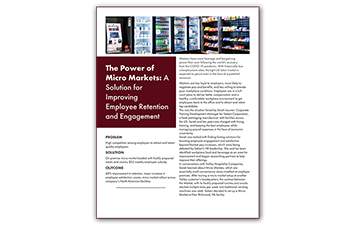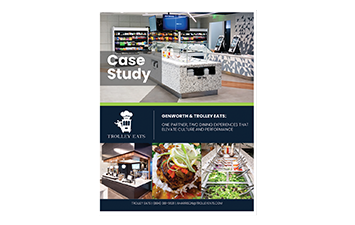10 Common Cooking Mistakes and How to Avoid Them
Pancakes that resemble the shaded surface of the moon, broken omelettes, soggy French fries...if these kitchen fails have turned to common cuisine in your house, you are not alone. But, you don’t have to pretend that you meant to make scrambled eggs or that you actually enjoy your fries limp for much longer. By reading our tips on how to avoid these ten common cooking mistakes, you’ll be making delicious food like a restaurant chef in no time.
1. Underdone or overcooked bacon: It’s difficult to get bacon perfect by using a traditional pan - ditch the stove top all together and use the oven technique for perfectly crispy strips every time. Set your oven to 375, arrange bacon on a cooling rack set on top of a baking sheet lined with foil, and cook for 15-20 minutes, flipping halfway.
2. Omelettes turned to scrambled eggs: Where most people go wrong is thinking that omelettes need to be flipped like pancakes in order to cook all the way, but this is not the case. Simply use a non-stick pan sprayed with oil, let the eggs cook most of the way until slightly underdone (but not runny) on top, add your filling, then fold into thirds and slide onto your plate. For visuals, take a look at this helpful step by step slideshow from the Kitchn.
3. Sticky pasta: Unless you’re serving your pasta right after cooking, you’ll need to take precautions to prevent it from sticking together like glue. Your best bet is to combine it with some of the sauce you’re going to serve it with immediately after draining. Or, if you plan on having a pasta bar with a variety of sauces to choose from, simply rinse with cold water in a colander. You only want to add butter or oil to your pasta if you plan to refrigerate it and serve it the next day, otherwise, the oil will prevent sauce from adhering to it.
4. Flattened bread: There’s nothing worse than picking up a beautiful loaf of artisan bread, only to have flatten when you cut it. The problem? You’re using the wrong knife and wrong technique. Flip your bread over so the the crusty bottom is on top, and use a long serrated knife, not a chef’s knife. While you cut, also try not to use downward pressure, as this will smush it. Instead, focus on sawing back and forth, and your slices will come out picture perfect.
5. Soggy fries: To get frozen fries crispy like they’ve come straight out of a restaurant fryer, the key is to start with a hot baking pan and to not overcrowd it. Get your pans hot by placing them in a pre-heated oven for 5-10 minutes, then remove, spray with cooking spray, and spread your fries out in even layers before baking. Because water evaporates as they cook, putting too many on one pan will make them steam, and prevent proper crisping, so be sure to give them room to breathe.
6. Green hard boiled eggs: Your eggs turn into a dish fit for Dr. Suess due to overcooking. Keep your eggs yellow by heating them gradually, and cooling them off quickly. Place eggs into a cold pan with water, bring to a boil, then remove from heat, cover the pot, and let stand for 10 minutes. Give them an ice bath for a few minutes to stop the cooking, and they’re ready to eat! Hint: for easier peeling, add one tablespoon of white vinegar to your water.
7. Blotchy, burned pancakes: This kind of pancake fail occurs for three reasons: because of an uneven layer of oil in the pan, too much heat, and excessive movement. To get pancakes that look like they’re ready to be showcased on an Ihop commerical, first, set your heat no higher than medium. Second, rather than applying oil directly to a pan, apply it using an oiled paper towel to create an even coat. Third, after adding batter to the pan, do not move or flip your pancakes until bubbles form and set; the top should not be liquidy. Once this happens, flip them, cook for a minute or so more, and serve!
8. Lumpy sauce or gravy: Adding thickener like flour or cornstarch directly into your hot stock is a recipe for disaster. For a velvety smooth sauce, make a slurry with water and cornstarch, add that to your warm liquid, and whisk everything together in the pot until thickened. Still end up with a few lumps? Fix it by using a fine strainer or with a quick whiz in the blender.
9. Chewy steak: Many times, the difference between melt-in-your-mouth steak and chewy steak boils down to the way it is cut, particularly for flank steak. For tender meat, be sure to cut across the grain rather than parallel to it.
10. Tough baked goods: Nine times out of ten, baked goods are tough and chewy rather than light and fluffy due to over-mixing the batter. To prevent this, make sure to read the entire recipe before starting (to prevent having to mix something in last minute), and only stir until the batter has just come together.
Utilize these techniques, and you’ll be surprised at the amount of your friends or family that help themselves to seconds. Is there a cooking mistake you need advice on that we didn’t mention? Leave us a comment and we’ll be glad to help you out!













